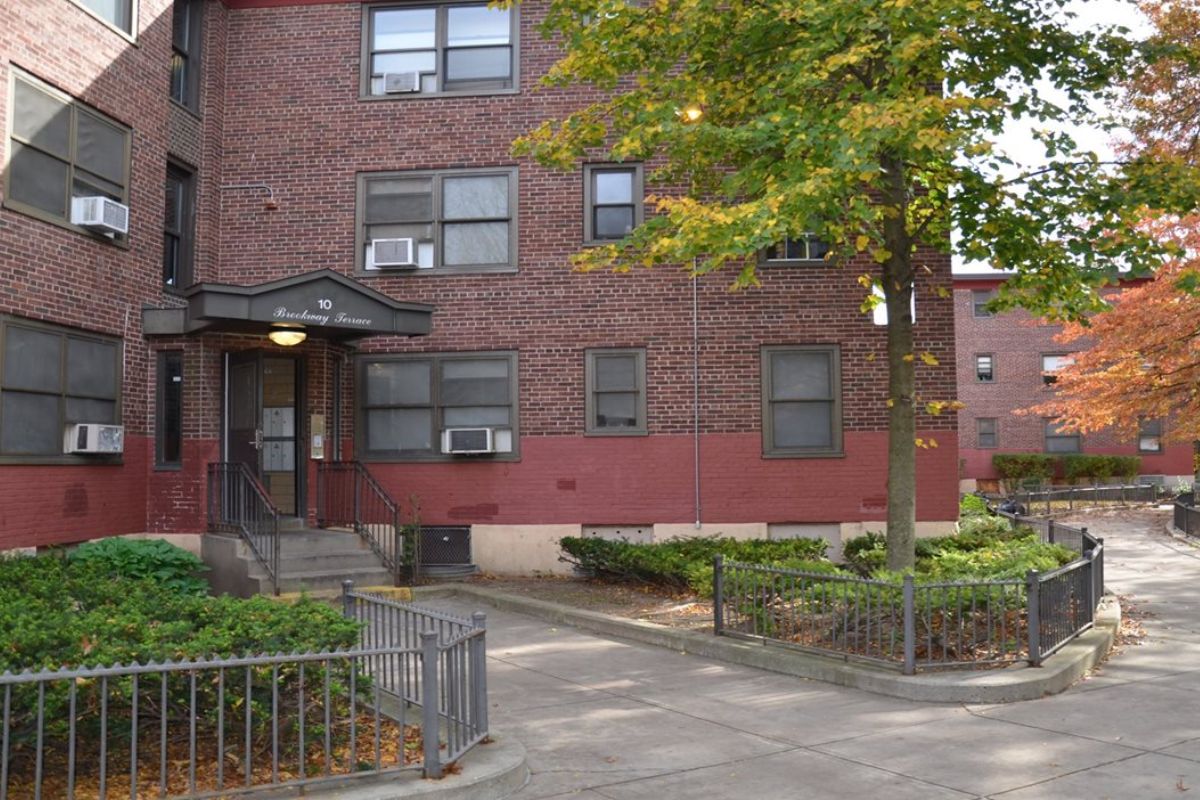In this article, we'll navigate the often overlooked topic of what happens when the main tenant in a rental property passes away. While the subject may seem daunting, our aim is to shed light on the processes that can ensure a smooth transition during such challenging times.
Immediate communication with Housing Authorities

When the main tenant of a Section 8 housing program passes away, it is important to promptly inform the local housing authorities. Open communication plays a vital role in initiating the necessary steps and ensuring a smooth transition for all parties involved. By notifying the local housing authorities, they can guide family members and loved ones through the process and provide assistance where needed.
These guidelines may include providing documentation and notifying the authorities within a specific timeframe. By adhering to the program's procedures, family members can avoid any potential disruptions in housing assistance and ensure a seamless continuation of benefits. Additionally, open communication with the local housing authorities allows for the timely transfer of responsibilities and the identification of any additional support services that may be available for the family.
Legalities and Documentation for Section 8
After the death of the main tenant in a Section 8 housing program, there are several legalities and documentation requirements that need to be addressed. Family members or authorized representatives will likely need to provide legal documentation, such as a death certificate, to the housing agency. This documentation serves as proof of the tenant's passing and facilitates the necessary steps to resolve any outstanding matters.

It is crucial for family members or representatives to be well-versed in the regulations and requirements of the Section 8 program. Each housing agency may have specific protocols in place, and understanding these regulations is essential for ensuring a streamlined resolution. By familiarizing themselves with the program's legalities, family members can navigate the process more effectively and avoid potential delays or complications.
Working closely with the housing agency is key during this time. Communication and cooperation with the agency will help address any outstanding issues, such as lease agreements, financial responsibilities, or the transfer of benefits to eligible family members. By adhering to the program's legal requirements and maintaining open lines of communication, the necessary steps can be taken to resolve matters efficiently and in compliance with Section 8 regulations.
Estate Responsibilities and Financial Obligations
When a Section 8 tenant passes away, it is important to clarify the responsibilities of the deceased tenant's estate regarding outstanding financial obligations, including rent payments covered by Section 8. The process involves notifying the housing agency, reviewing the lease agreement, collaborating with the agency, providing necessary documentation, and addressing any outstanding rent payments.
By promptly informing the housing agency and providing required documentation, such as a death certificate, the estate can establish communication and initiate the necessary steps. Working collaboratively with the housing agency helps to understand the specific procedures and requirements for addressing financial responsibilities. The estate may need to provide documentation to establish their authority to act on behalf of the deceased tenant's estate.
Transitioning to another family member

Transferring a Section 8 voucher to an eligible family member involves following certain procedures and engaging with the relevant housing authorities. Although we must note that procedures and policies may vary between different housing authorities and jurisdictions, we can provide you with a general overview of the procedure:
Step 1. Inform the housing authority:
Contact your local housing authority and inform them of your intention. They will provide guidance on the specific steps you need to take.
Step 2. Verification of eligibility:
The housing authority will assess the eligibility of the family member who wishes to receive the voucher. This typically involves verifying their income, household composition, and other eligibility criteria.
Step 3. Documentation:
You and the eligible family member will likely need to complete and submit various forms and documentation as part of the transfer process. This may include a request for transfer, income verification, identification documents, and proof of relationship.
Step 4. Review and approval:
The housing authority will review the transfer request and supporting documentation. If the family member meets the eligibility criteria and there is an available voucher, they may approve the transfer.
Step 5. Lease agreement update:
Once the transfer is approved, the lease agreement will need to be updated to reflect the new voucher recipient. This may involve amending the lease or creating a new lease agreement.
Related: What Happens If Your Landlord Dies?
Conclusion
In conclusion, grappling with the loss of a main tenant on Section 8 demands both sympathy and a prompt communication, and legal understanding. By acknowledging the emotional challenges and navigating the legal intricacies with sincerity, we can contribute to a smoother transition for all involved parties during a difficult period.





